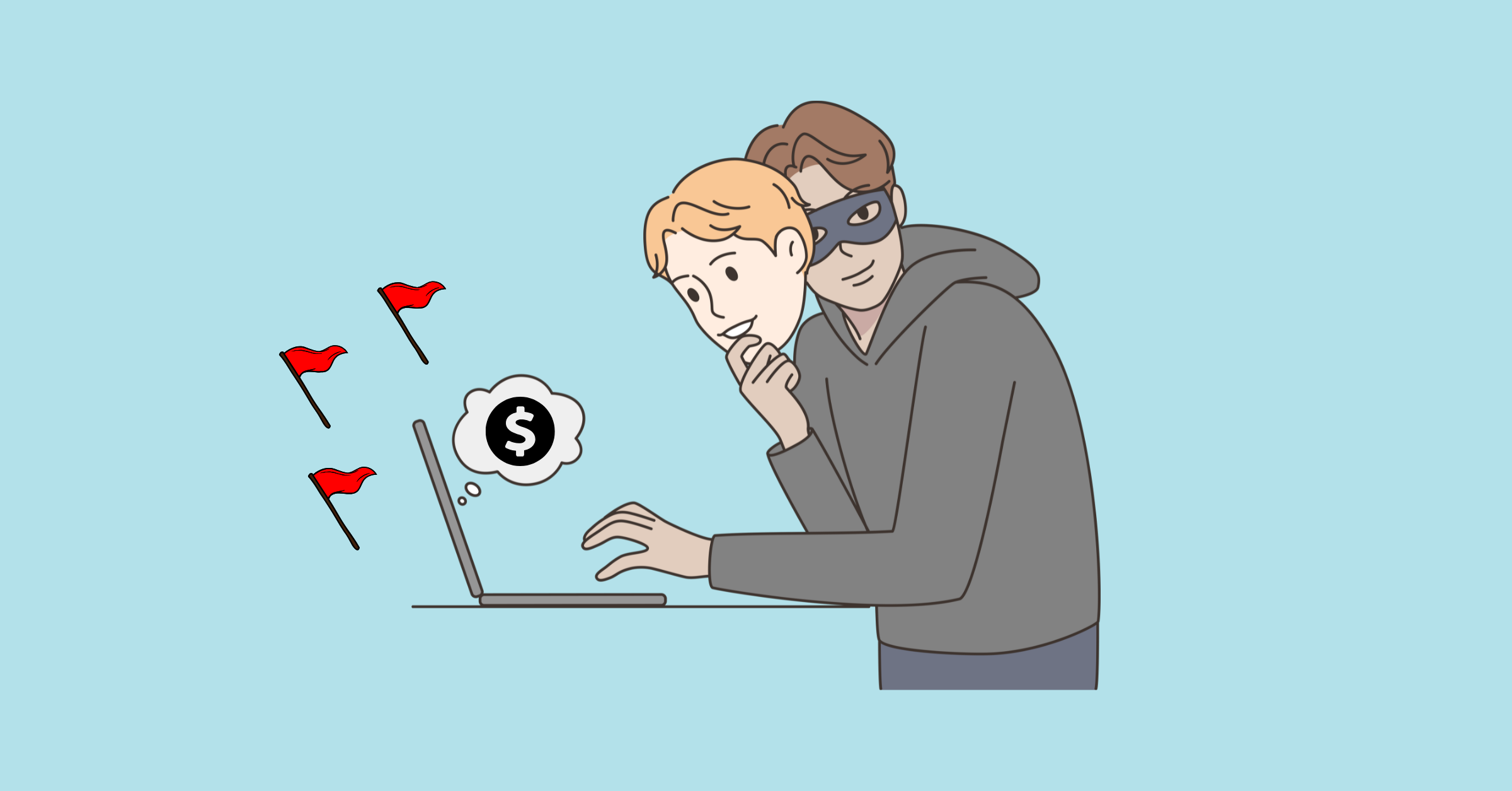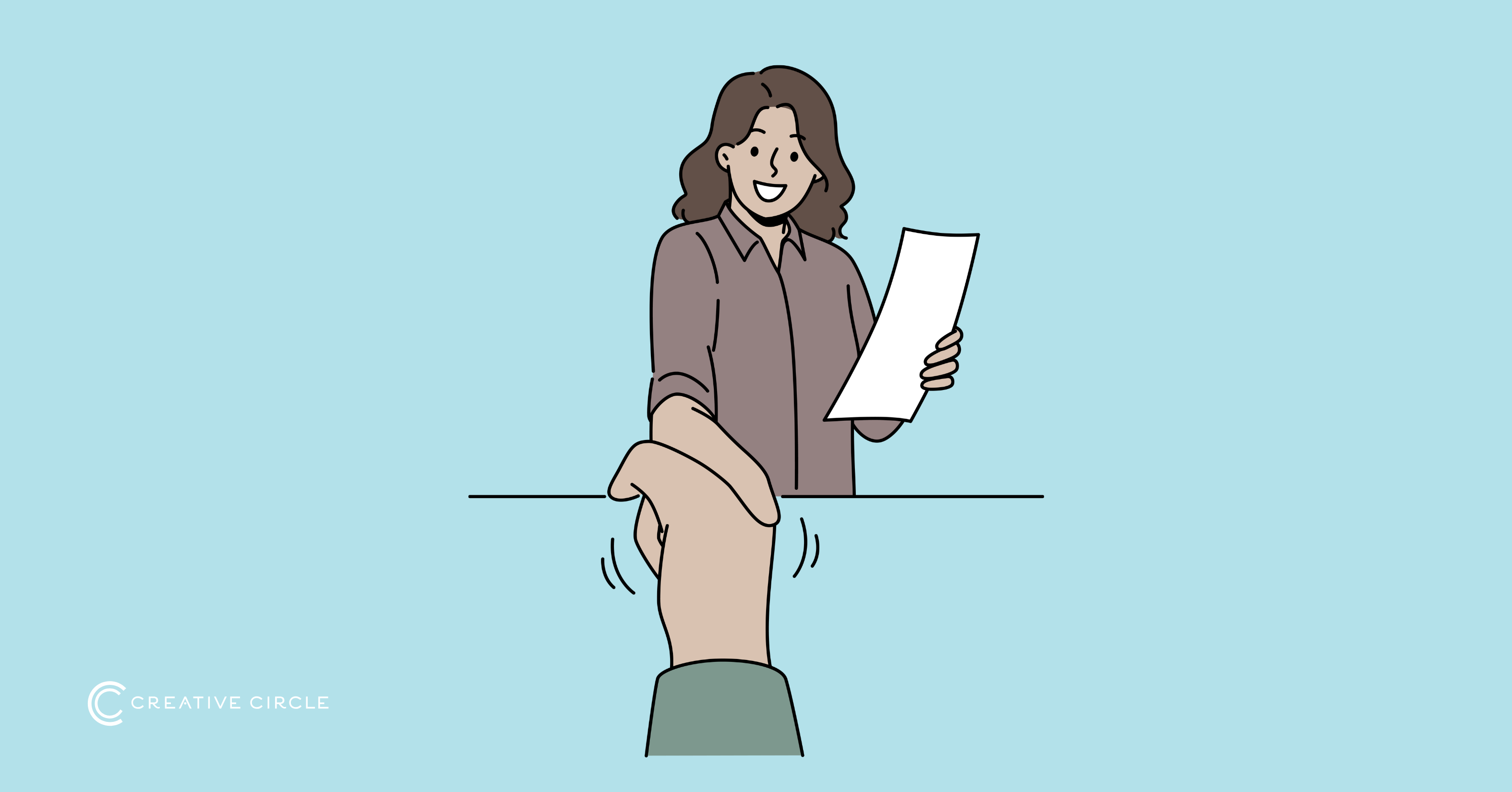One of the most crucial elements in attaining work/life balance is making sure you maintain clear boundaries, so your job doesn’t spill over and eat up the rest of your life. And with smartphones, home offices, flex time, and all the other “conveniences” (yup, that’s mild sarcasm) of the modern workplace, it often feels like we’re working 18 hours a day.
The difficulty factor is greater for people who work in communications industries, such as advertising, marketing, and design. The deadlines! Clients in other time zones! A work environment that already has a lot of fuzziness between where work stops and your personal life begins!
Thankfully, we have a few foolproof tips for keeping work at work so you can feel like you have a life. Even better, many of these tips will also help you be more productive.
1. Start out each day with a to-do list.
After you’ve fired up your computer and looked at your email (but before you start doing any work), make a list of priorities. What do you absolutely, positively have to get done today? The first step to work/life balance is making a list and keeping it somewhere you can see it; it’s great if you can check off tasks as you do them, but if you can’t, check in with the list during lunch and then before you leave. Since so many of us worry about keeping productive, this gives you a record of just how much you accomplish each day. And if you check all of these “gotta do it today!” items off your list, you can start over tomorrow.
You can find plenty of software out there to assist you with to-do list management. Some examples include: Google Keep, Evernote, LifeRPG (available on the Google Play Store), and Wunderlist (for iPhone).
2. Manage your creative time.
If you’re an art director, designer, or writer, getting to be creative for an assignment is the best part of your job. It’s the part you’ll indulge in, pushing everything else onto the back burner until it comes back to haunt you.
Try breaking your ideation tasks down into chunks — for example, look through magazines and annuals for inspiration, brainstorming, evaluating and choosing ideas to keep pushing. Then give yourself a time budget, and stick to it. Initially, you may feel like you’re abandoning your children, but you’ll be surprised at how fast your brain adapts to the technique.
If you don’t already have one, start a swipe file or collection of great work you’ve ripped out of magazines and saved for future reference. Doing so can help you fire up your creativity at a moment’s notice.
3. Be strict with yourself when you work from home.
Some people think working from home is a great perk — you don’t have to drive anywhere, you can stay in bed longer, and you’re in control of your environment. But for many of us, the 9-to-6 weekday starts becoming more like 8-to-8. Studies often suggest we get more stuff done in less time at home, and some of that is because we’re working 11-hour days but only record eight on our time sheets. It’s easy to forget how hard and how long you’re working when you don’t have others around to give you visual clues.
If you have a lot of flexibility, try to schedule your work for your peak productivity hours, and then fill up the time in between with your own projects. Otherwise, set an alarm to indicate when you absolutely, positively, need to step away from the computer. Despite putting yourself in position for perfect work/life balance, you can cost yourself the privilege of a lifestyle you truly desire.

4. If you work from home, set up a dedicated space.
This is about literally corralling one part of your life so it’s separate from another. Set up a dedicated office (if you can’t manage an office, then a nook, desk or bookshelf is fine). Not only will this keep you better organized, it helps you close the door on the workday by not having work paraphernalia cluttering the dining room table.
It doesn’t have to be expensive, ugly, or take up a lot of room. Check out some of these compact office spaces that do double-decor duty.
5. If you can, avoid company devices.
We recently presented different types of people you meet in advertising and here’s one more: that person who juggles a latte in one hand and two cell phones in the other, consistently books status calls at 7 a.m., and expects you to get on the phone even before then. Do everything you can to keep them at arm’s length to sustain your work/life balance. Politely declining a company-furnished smartphone or tablet is a subtle way to protect your boundaries. You still may have to check emails or take the occasional phone calls at odd hours, but it’s another psychological barrier you can use to protect your privacy and personal life.
6. Don’t let your job stop you from taking a vacation.
Overwork and burnout are real things with real consequences including anxiety, sleeplessness, and depression — all of which can derail you both in the office and in life. Recharge regularly with vacations in which you really go somewhere! The act of simply planning a vacation can bring you as much joy as actually taking the trip. Put the dates in writing and GO.
Even if you have an understanding boss who does their best to protect their employees’ work/life balance, it’s up to you to set your own boundaries and make sure they’re honored. (Be diplomatic about it, of course!) If you get pushback from anyone, just remind them that taking care of yourself benefits the company, too.
Lisa is a Creative Circle candidate and seasoned advertising copywriter who lives in Los Angeles. Her background includes both in-house and agency work on Fortune 500 and global accounts in the consumer and healthcare/pharmaceutical fields. She excels at words, fashion, and cats. If you want to work with Lisa, contact Creative Circle Los Angeles.




